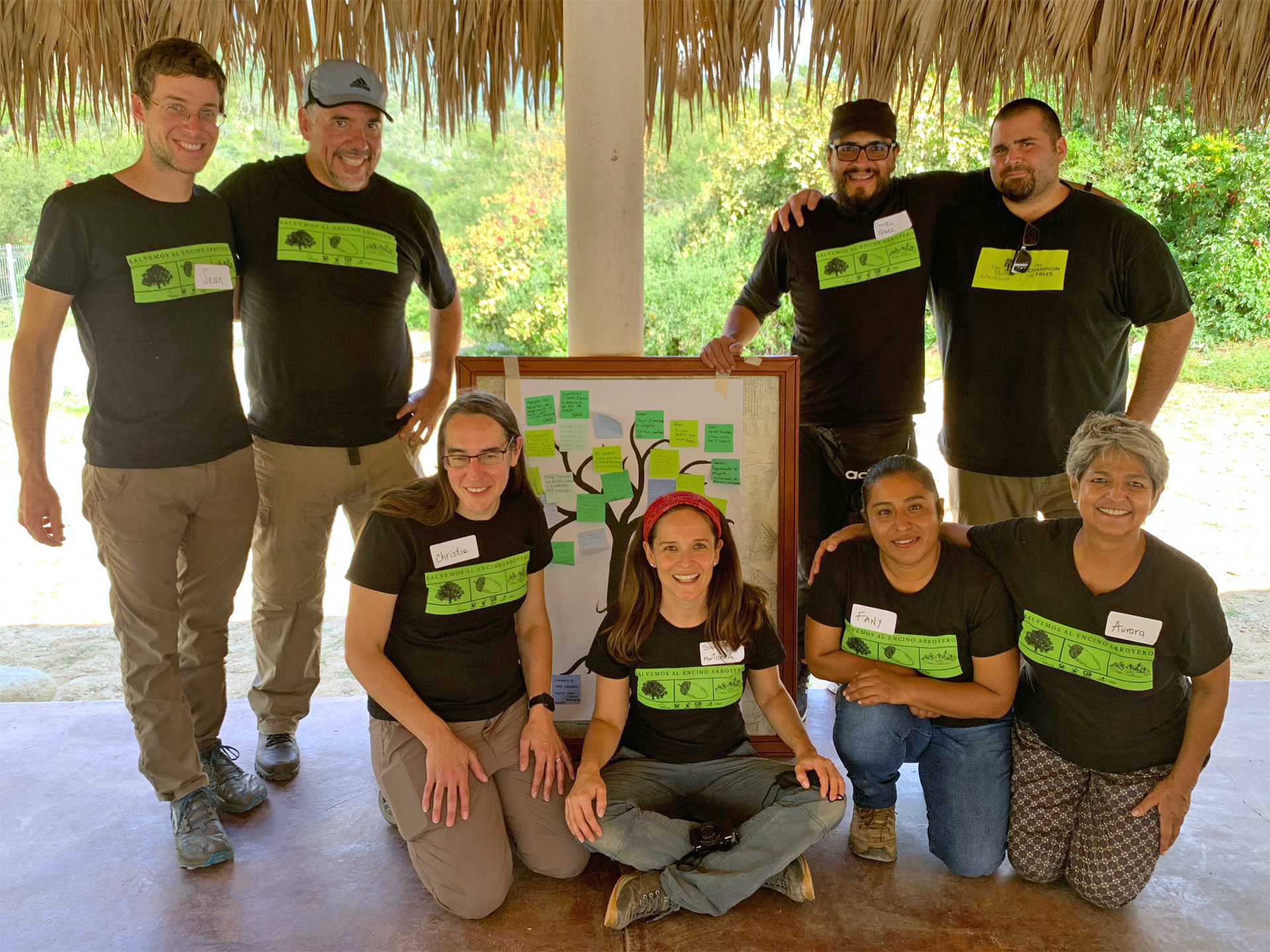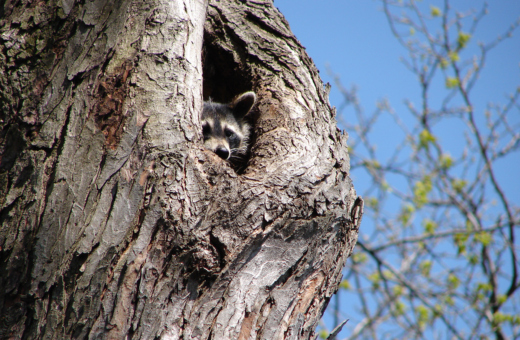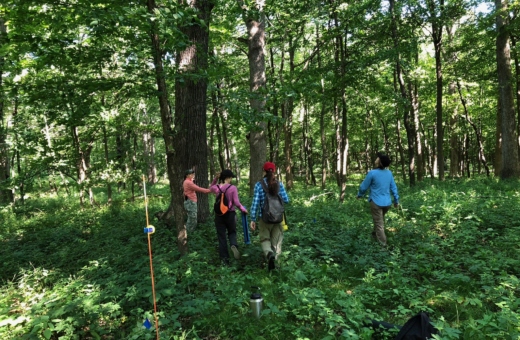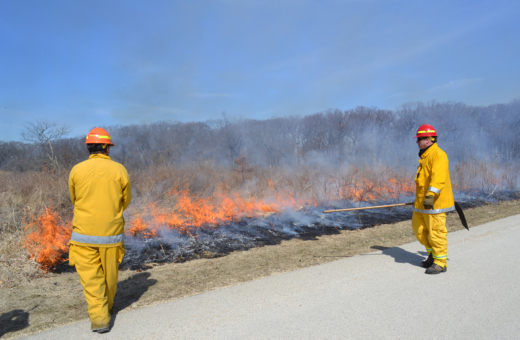February 21, 2022
Saving the Arroyo Oak: Local Partners Key to Conservation Efforts in Baja California Sur, Mexico
Silva Alvarez-Clare, PhD, Director of The Morton Arboretum’s Global Tree Conservation Program (GTCP), is currently leading a team of scientists in Latin American countries to prevent the extinction of threatened tree species. She shares some highlights of that work here.
For an insider’s look into her work in Baja California Sur, Mexico, see this series of Instagram Stories and Facebook Stories the Arboretum is featuring this week.
What is the arroyo oak and why is this project important?
The arroyo oak, or Quercus brandegeei, is an endangered tree species found only in Baja California Sur, Mexico. It lives within a range of about 3,000 square kilometers (approximately the size of Yosemite National Park). This oak is culturally and ecologically important to the region, as it provides ecosystem services, such as shade and erosion control, as well as food and shelter to wildlife and farm animals. The extinction of this species would dramatically impact the local ecosystem, affecting humans and nature alike.
How long has the Arboretum been working on this project?
The Morton Arboretum has been collecting data on arroyo oaks since 2016. The goal is to determine specific threats and identify conservation and management actions needed to save the species from extinction.
What has the Arboretum’s research found?
Overall, the Arboretum’s data suggests that climate change, habitat degradation, and overgrazing by cattle and pigs are likely the top factors currently affecting the oak populations and preventing their regeneration. The Arboretum’s Global Tree Conservation (GTC) program researchers are currently working with Mexican scientists, land managers, and ranchers to implement a plan to save this important species.
The GTC program developed a scientifically informed conservation and management plan for this species that places considerations about the socio-economic needs of local communities at the heart of the plan. Local communities are considered vital partners in this work and have provided crucial feedback to develop and guide the plan forward.
Why is it important for the Arboretum to plant and protect Q. brandegeei and other endemic trees in their natural habitats?
Endemic trees, which are those only found in one area, are hubs of biodiversity—especially oaks. They provide food and habitat for other organisms, as well as essential ecosystem services. When a species is lost, it can cause the loss of multiple other plants and animals for a region and has a major impact on the lives of indigenous communities. These oaks are also important because their seeds (acorns) cannot be stored for long periods (seed-banked). Thus, storing live oaks as future sources of seed in their native habitat and in living collections in botanic gardens or arboreta is an essential strategy to ensure their survival.
Why is Latin America an important focus for the GTCP?
Mexico is the center of diversity for the world’s oak species: It is home to 162 oak species, 109 of which are native only to Mexico. At the same time, many trees in Mexico and Central America face a serious threat of extinction from climate change, expanding agricultural land use, and deforestation for timber and charcoal. If we are to protect this important taxonomic group as a whole, Latin America is a key region to focus on.
Arboretum staff work across the Latin American region with colleagues from academia, botanic gardens, local communities, and other sectors to implement on-the-ground conservation, management, and recovery projects, as well as training workshops. Arboretum staff also help build capacity and support in local communities to empower them to protect and manage their trees.
How will you use the information you are gathering?
The Arboretum aims to share knowledge and best practices for tree conservation with communities all over the world. For each species that the Arboretum works with, a Species Action Plan is developed through a participatory process with local stakeholders. Ultimately, the idea is to have an exit strategy so that local communities take over the conservation work and become advocates for their own biodiversity.



